Author: Esther Hamilton with the Chilmington Archaeology & History Research Group
There was some debate regarding the bookishness of the average Tommy (going by the fear that the novel-reading Edwardian middle classes had of the growing “multitude” of working-class readers encroaching on their literary turf). Yet thanks to the existence of compulsory education up to the age of 11, the British soldiery of the First World War were among the most literate forces of the conflict[i][ii].
As we have read in our introduction to Elizabeth Quinton Strouts, this new, widespread literacy, joined with the technical sophistication of the Post Office, allowed the Friends of Great Chart to join forces and send their goodwill in the form of much-needed rations and letters to those serving from Great Chart and Chilmington even at the height of the conflict.
As early as 1914, the Friends had also funded a ‘Roll of Honour’ [BH1] [BH2] display for the village church, proudly listing those serving during the first, and more hopeful, year of the war.

Almost no letters sent to the frontlines survive but below is a selection of the archive of letters that were returned addressed to Elizabeth Quinton Strouts, and the Friends of Great Chart. Local researcher Ian Wolverson has provided these letters to the Chilmington Archaeology & History Research Group for study, following on from work he conducted for the centenary memorial project ‘Great Chart Remembers’ in 2014.
Offering a unique insight into the lives of local men thrust into the frontlines of a global conflict, these letters range from heartwarming Christmas wishes, to reflections on the emotional numbness endured by those fighting the War to End All Wars.
To read more about the hamlet of Chilmington and its families as they were in 1911, explore our blog on ‘Chilmington at Peace’ here on this site.
[i] Masterman, C.F.C. (1909) The Condition of England
[ii] Vincent, D. (1993) Literacy and Popular Culture: England 1750-1914
Featured in Chilmington at Peace
Victor Barton
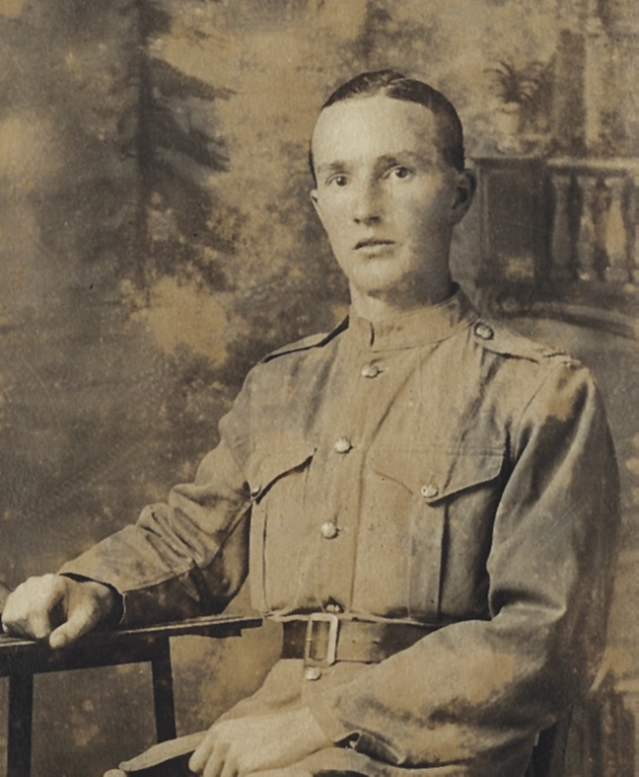
In November 1918, just weeks after the armistice, the young Victor Barton wrote to Mrs Strouts from France to thank her for the most recent package, that had been sent while war still raged. He noted that, although the fighting had officially ended, he and his comrades had not quite realised it, being that they remained “under almost [their] usual conditions and above all [their] rations are very poor”.


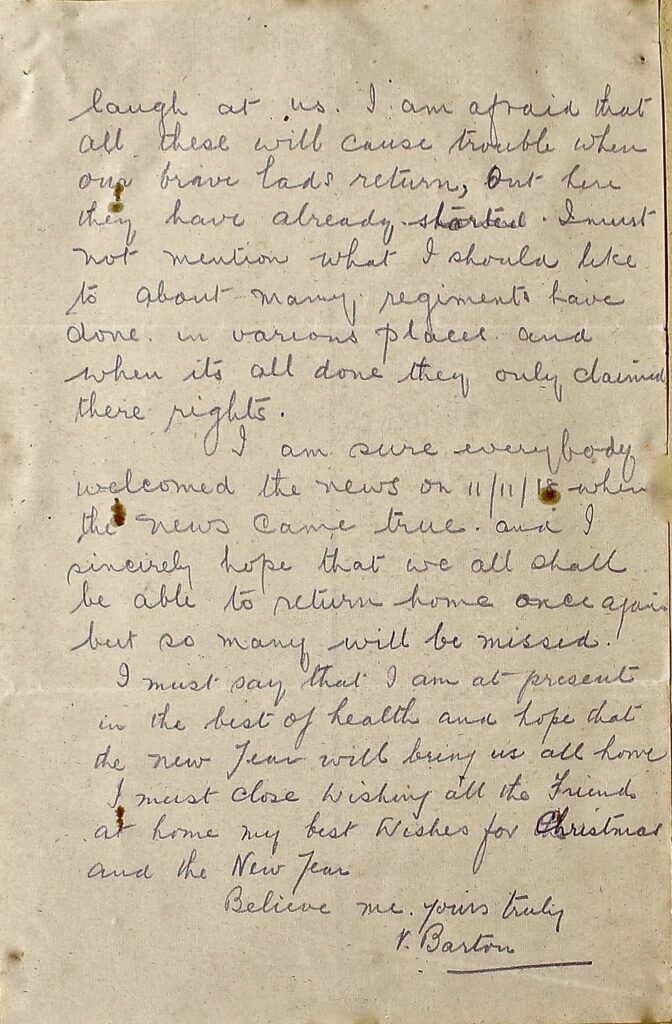
Claude Barton
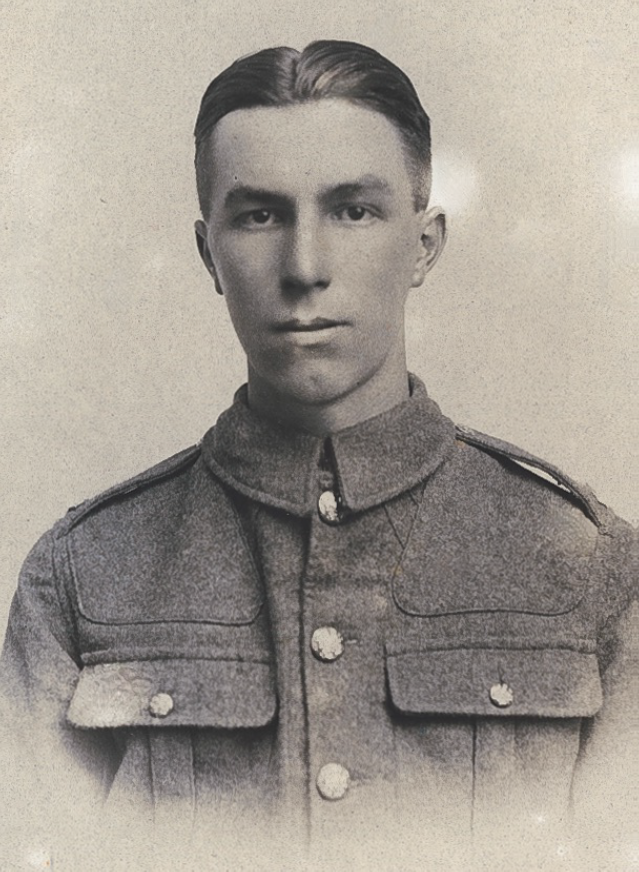
We also have a letter in the Elizabeth Quinton Strouts archive from Claude Barton. A much cheerier note, Claude here writes on Boxing Day, thanking the Friends of Great Chart for his package, received on Christmas Morning, 1918, in Felixstowe, where he and his comrades were served by their officers for the holiday dinner.
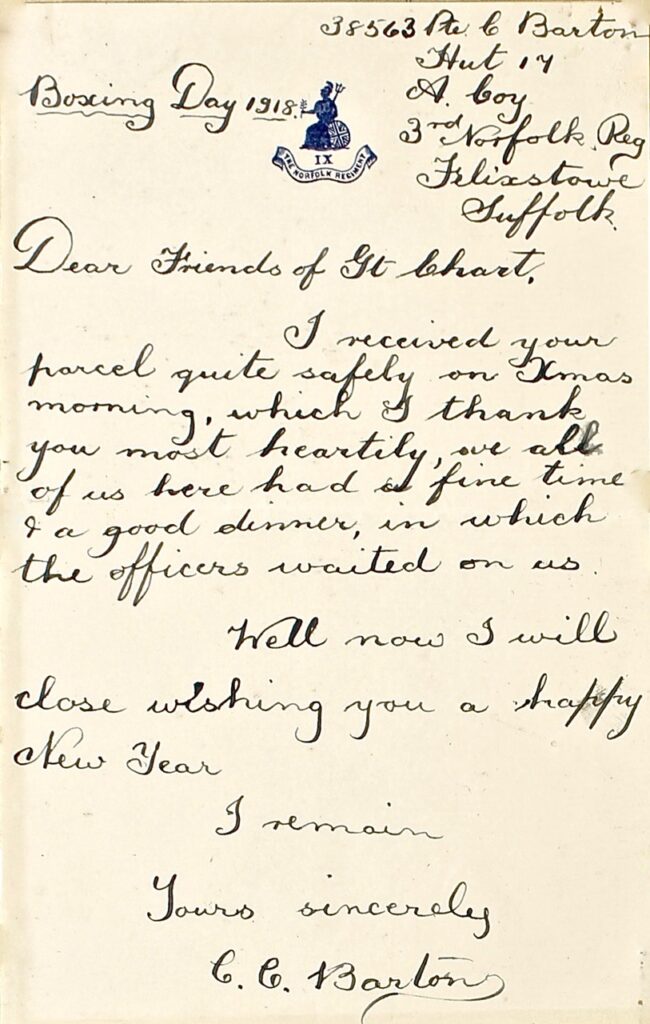
Henry Finnis
Two Finnises of Chilmington Green, Alfred and Henry, served as Privates during the conflict. Henry sent Mrs Strouts and the Friends a Christmas Card in December of 1918, after the end of fighting.

George Light
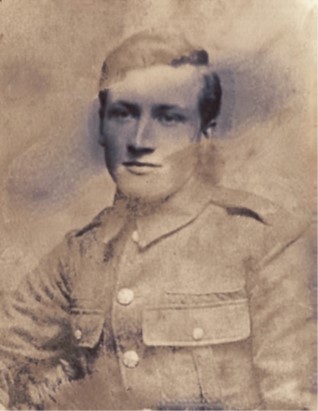
As you may remember from Chilmington at Peace, George Light wrote to Mrs Strouts in 1917 while recuperating from injuries sustained while in one of the most dangerous regiments to fight in during the conflict: the front line, infantry regiment of the Queen’s Royal West Surrey regiment, from whose ranks 32% of its soldiery never returned.
He writes that he was wounded on the 29th of January and although “badly wounded in my right leg [,] also slightly in my left leg and back [,] I have no bones broken”.
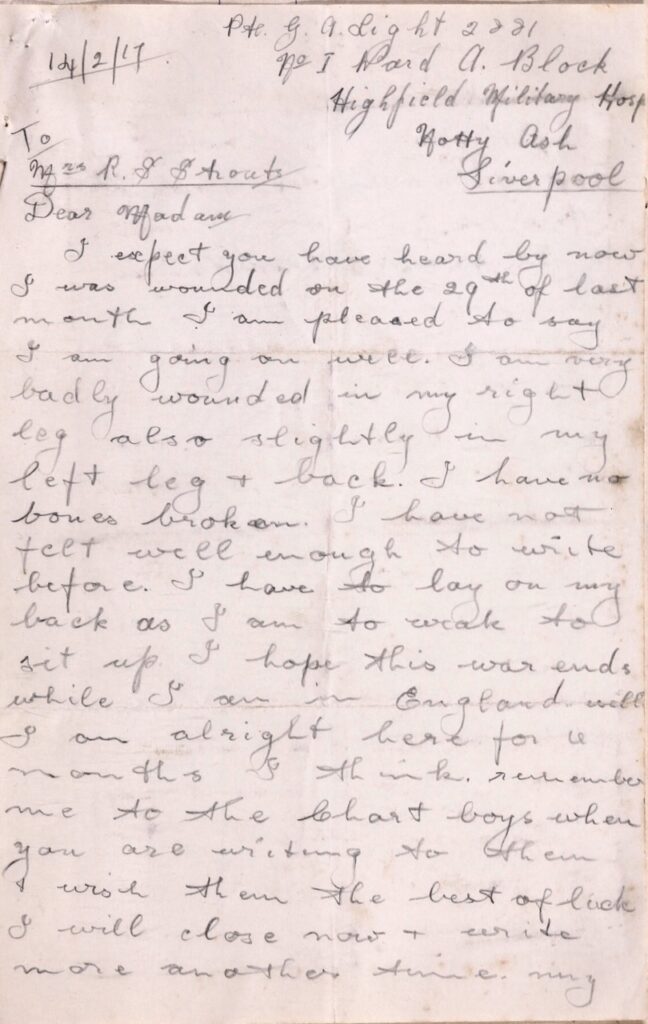

John Shorter
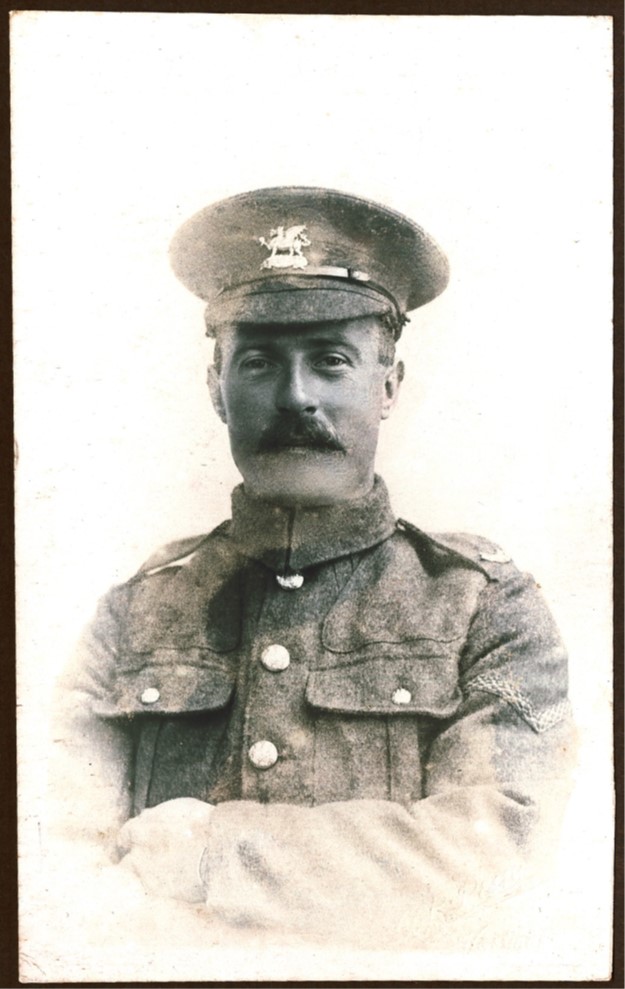
Although Olive Shorter’s brother, Charles, would die in 1917, she would, thanks to the charity of the Friends of Great Chart, know that her nephew would be a regular recipient of letters of support and additional rations during his time serving for his country, a rare luxury.
“thank you very much for all you have done for me both here in England and in France”.
In September 1918, during a brief stint in France, John Shorter was badly gassed, injuring his hands and eyes, forcing him to a military hospital in Nottingham, where he nonetheless had a letter dictated to be sent to Elizabeth Quinton Strouts to assure her that he was “feeling a little better”.
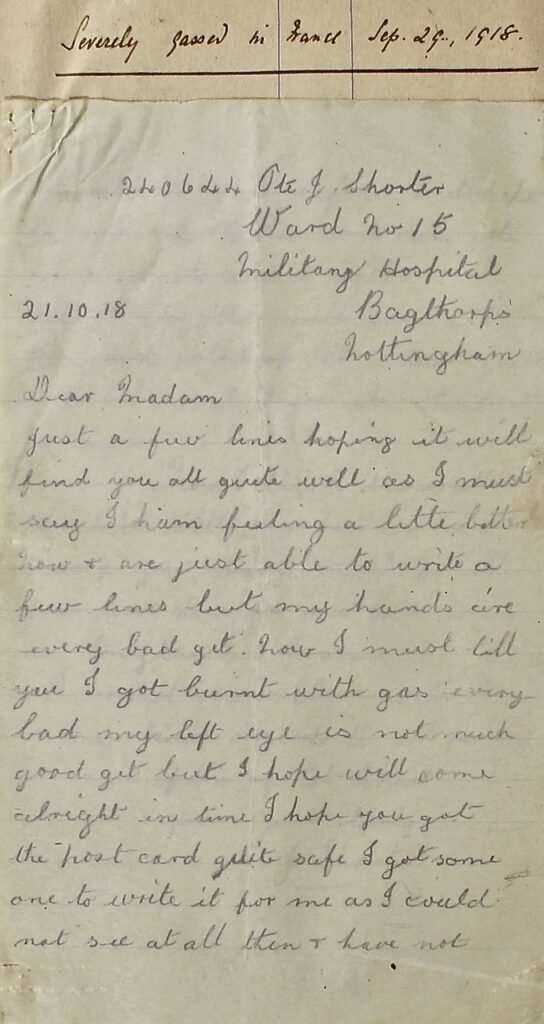
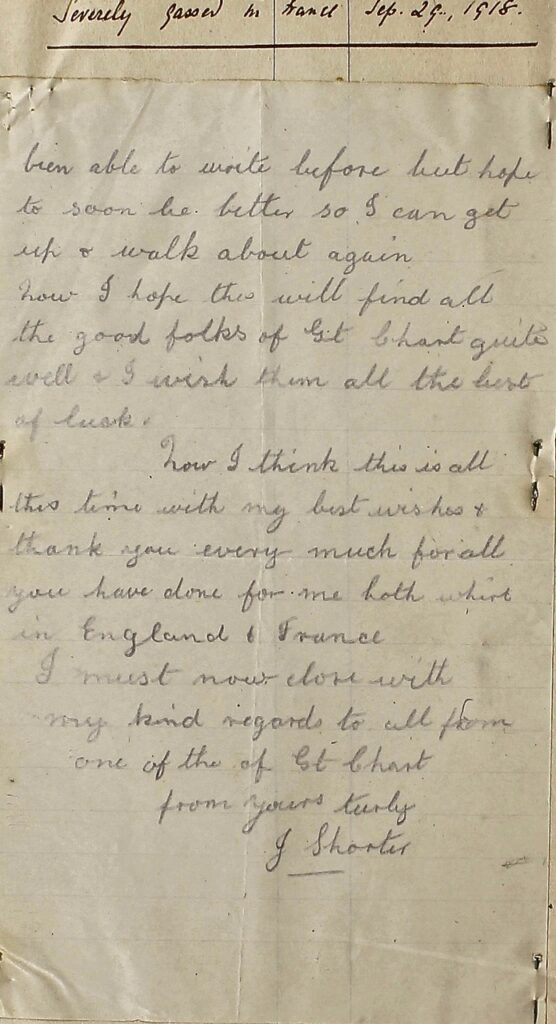
Once peace had been declared, John sent another letter in unsteady handwriting, of thanks to the Friends of Great Chart, stating that he could “not thank the Good Folks of Gr[ea]t Chart enough for what they have done for me in this Great War”.
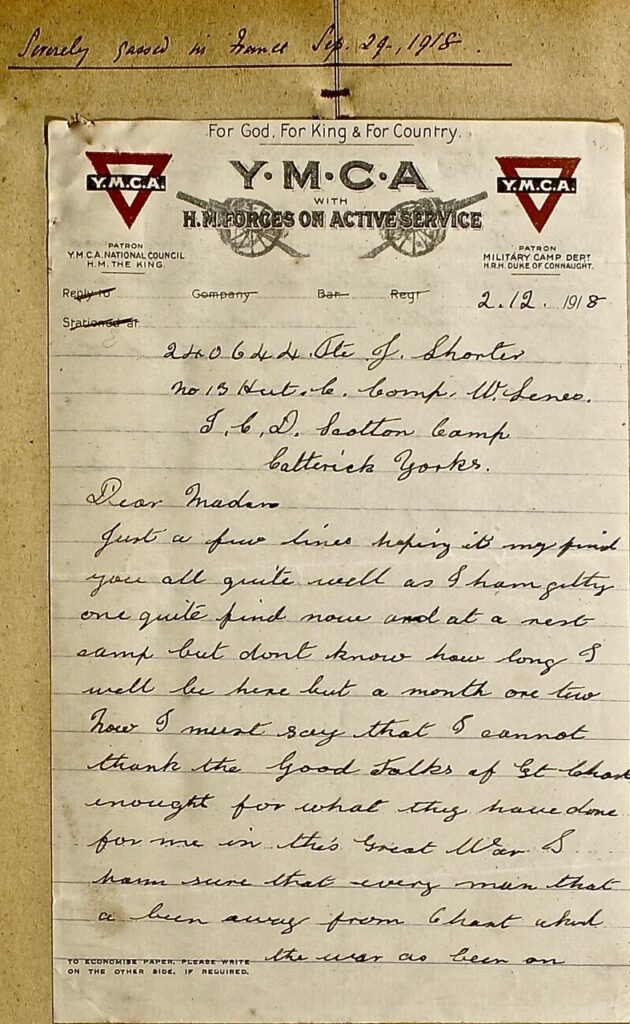
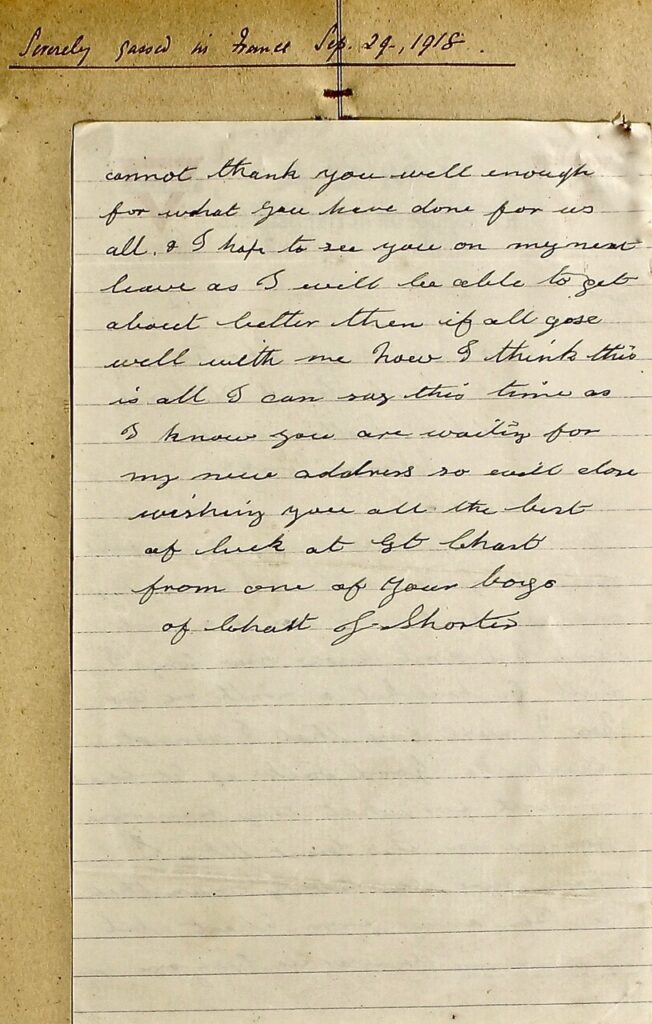
George Kemp
Writing from much further afield, and our only professional soldier from Chilmington, George Kemp wrote a letter, dated to the 13th of January 1917 informing the Friends that he had received a Christmas cake sent from Great Chart at his station in Mesopotamia, writing that it was “in good eatable [sic] condition”.
He also notes that “One can hardly realise the goodness and feeling you must have for us boys is felt, by us when these little packaged gifts arrive, sometimes on the open desert land, sometimes on the river boats”, signing off with “wishing you the best of luck and a speedy, victorious end to the war”.
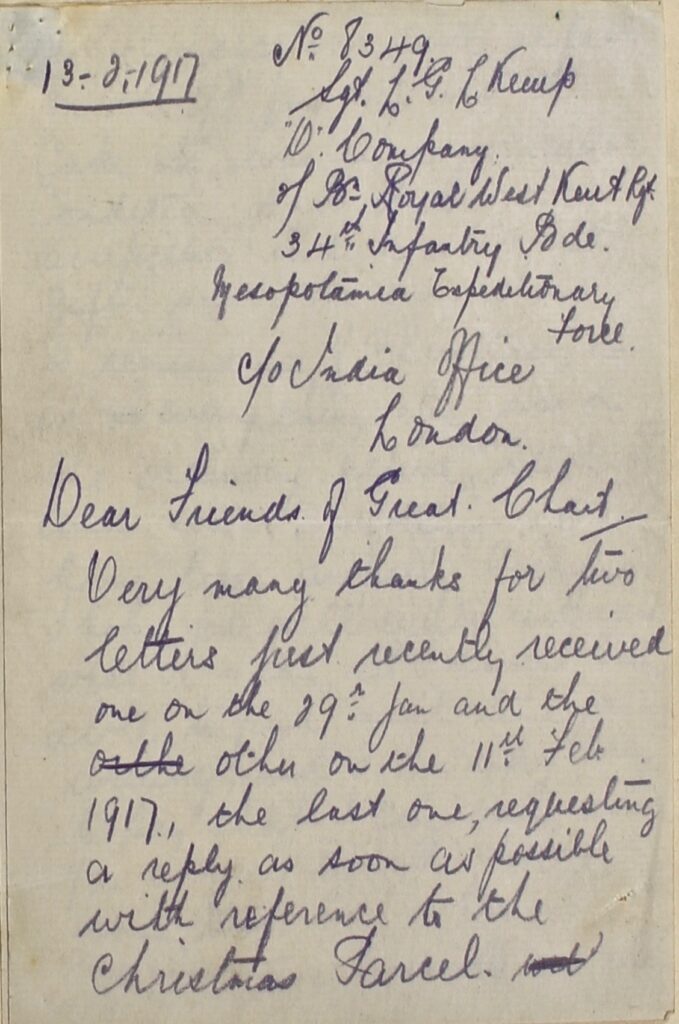

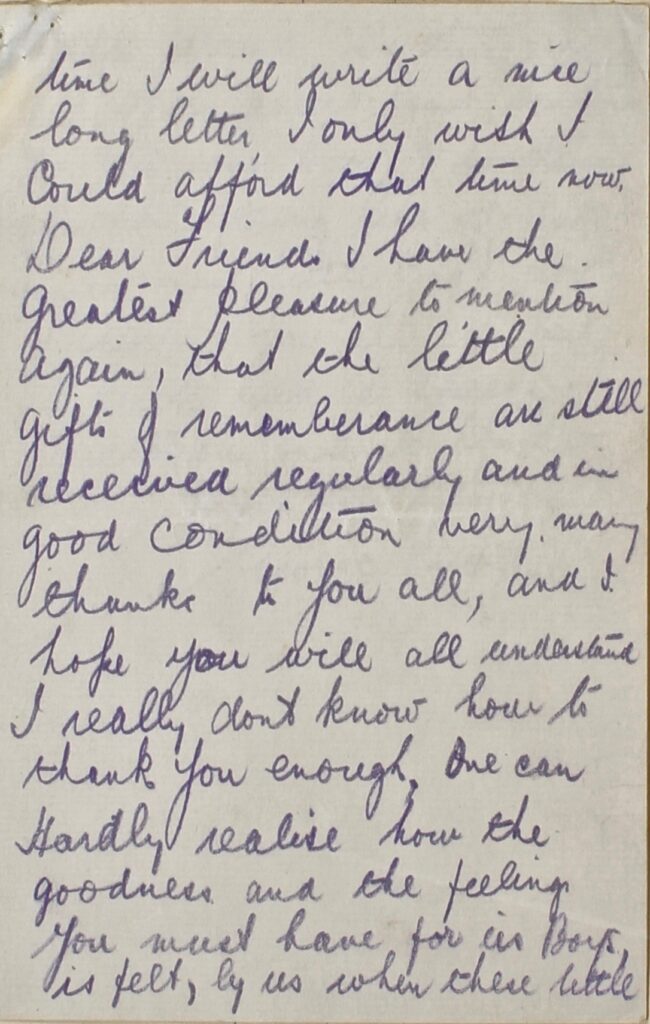
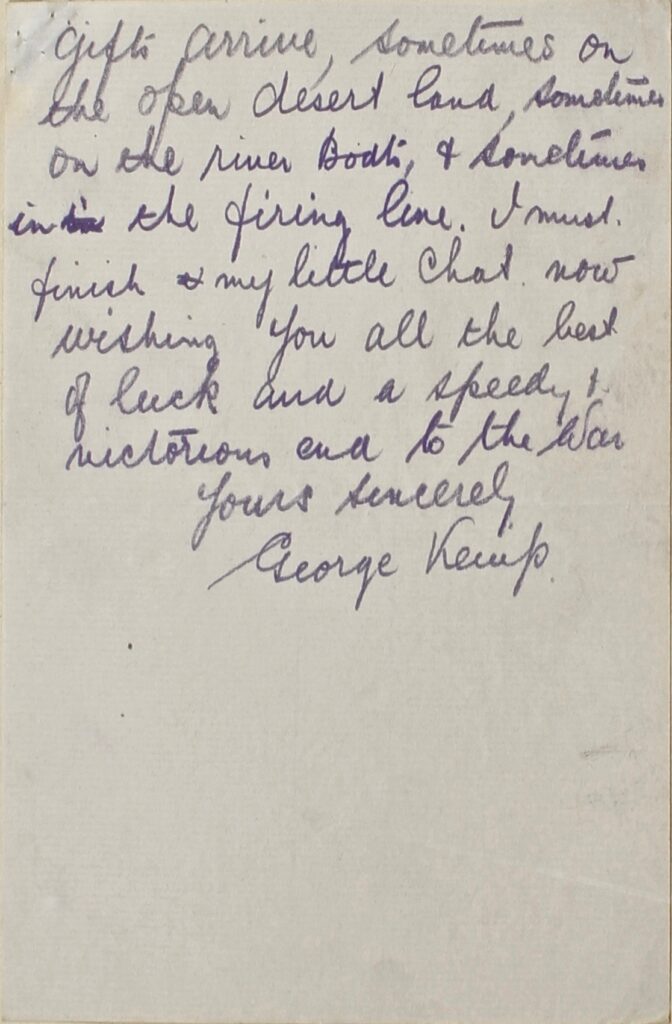
William Chittenden

William Chittenden served in the Prince of Wales Dragoon Guards and the Corps of Dragoons as a Trooper, which would have involved supporting mounted operations at the start of the war (well-suited to a professional groom such as Chittenden), moving to the more deadly trench raids as the war progressed and it became evident that mounted cavalry was no match for the machine gun.
Writing shortly after the armistice, in 1918, Chittenden dryly writes:
“I am looking forward to a better Christmas than I had last year”.
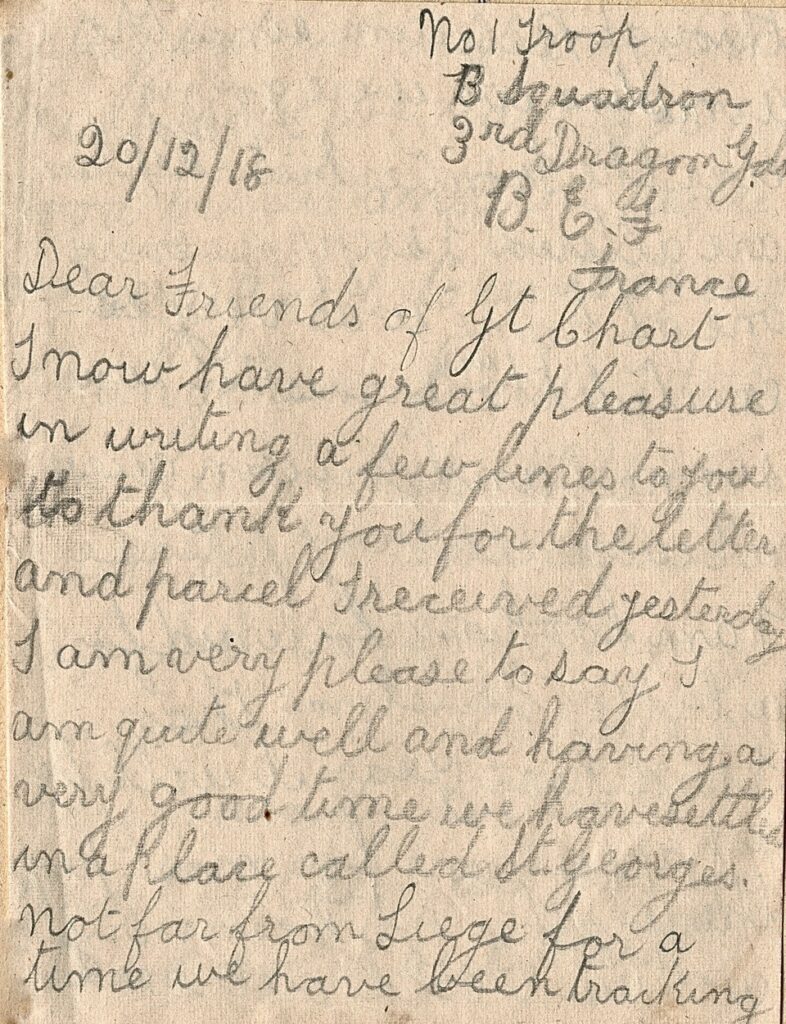
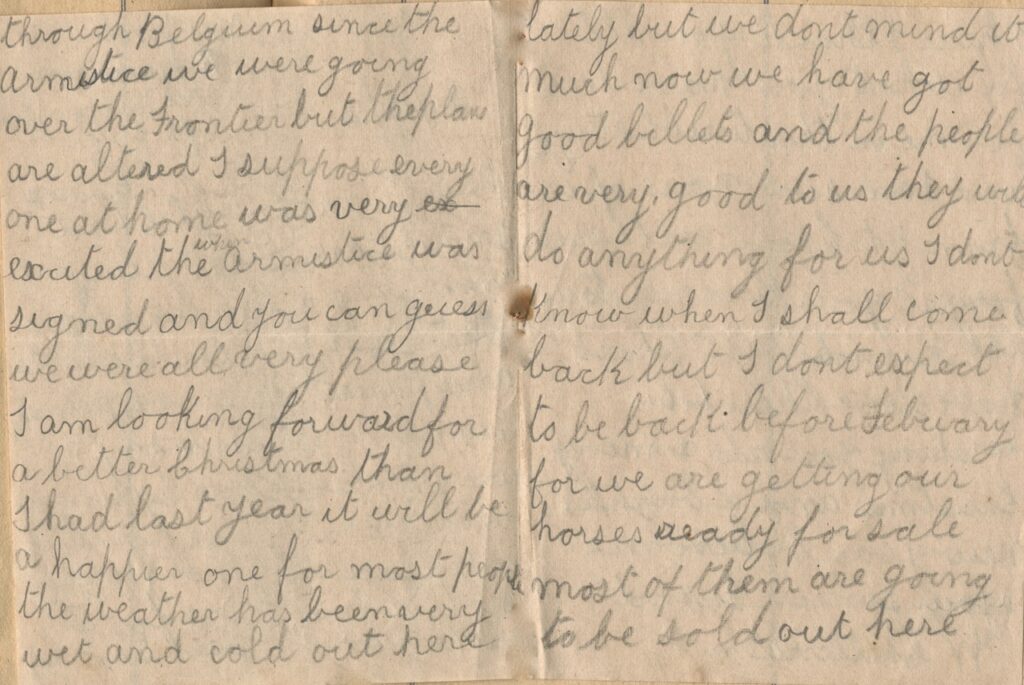
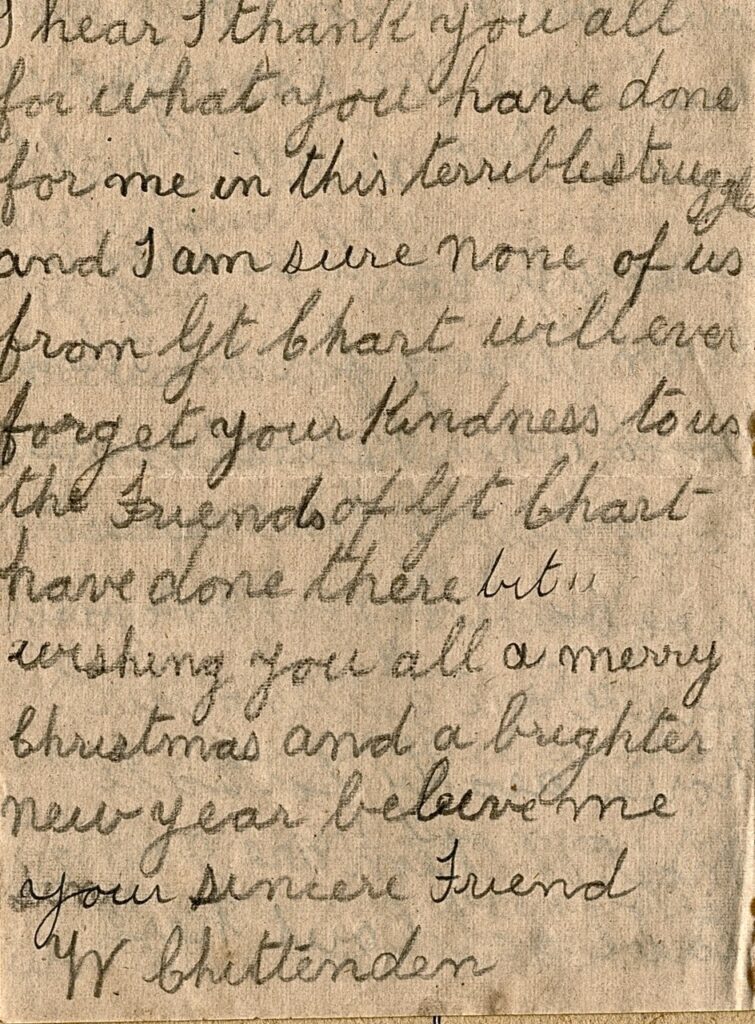
Great Chart
The Friends of Great Chart, an outfit helmed by Elizabeth Quinton Strouts, would spend the entire war tirelessly writing to all men who served from Great Chart.
Author: Ian Wolverson, Esther Hamilton (ed.)
W G Bennett
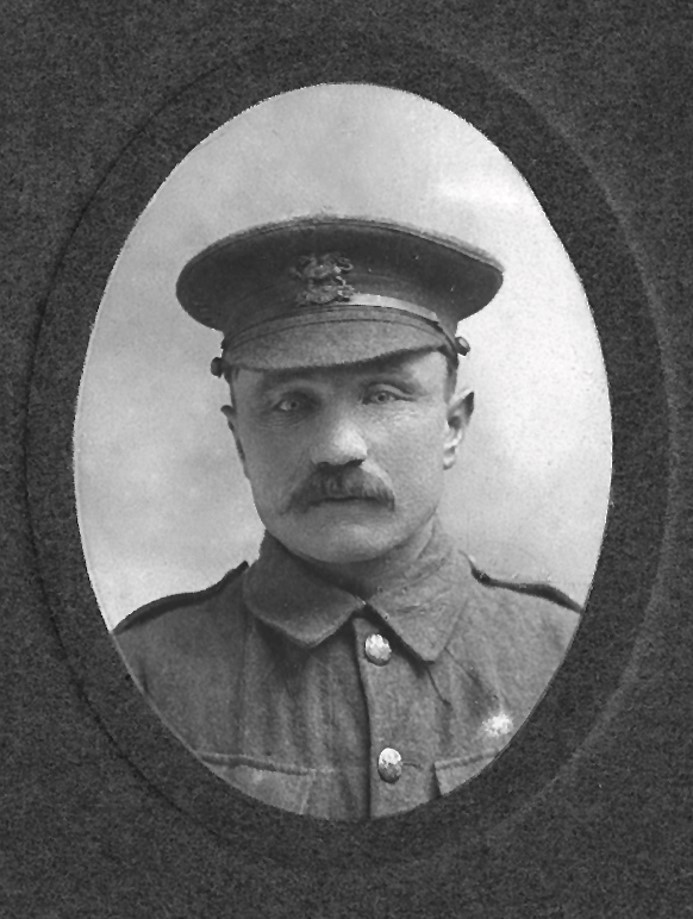
The archive’s most voracious writer, Private W G Bennet, who had lived at The Swan pub in Great Chart, wrote in 1916, amid some of the worst fighting of the western front, that his Dear Lady was “the best friend that I had ever known”. Fighting as part of the frontline 1st Battalion, The Buffs (East Kent Regiment) in France, Bennet speaks wistfully on the subject of the Friends having a party on Show Day.
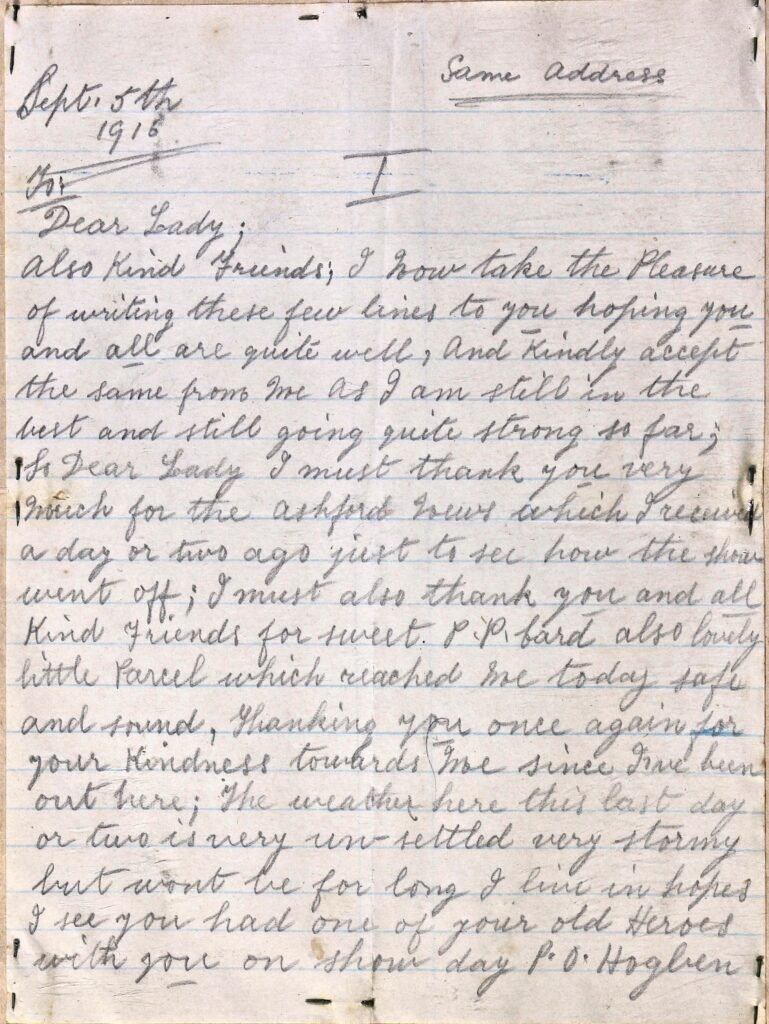
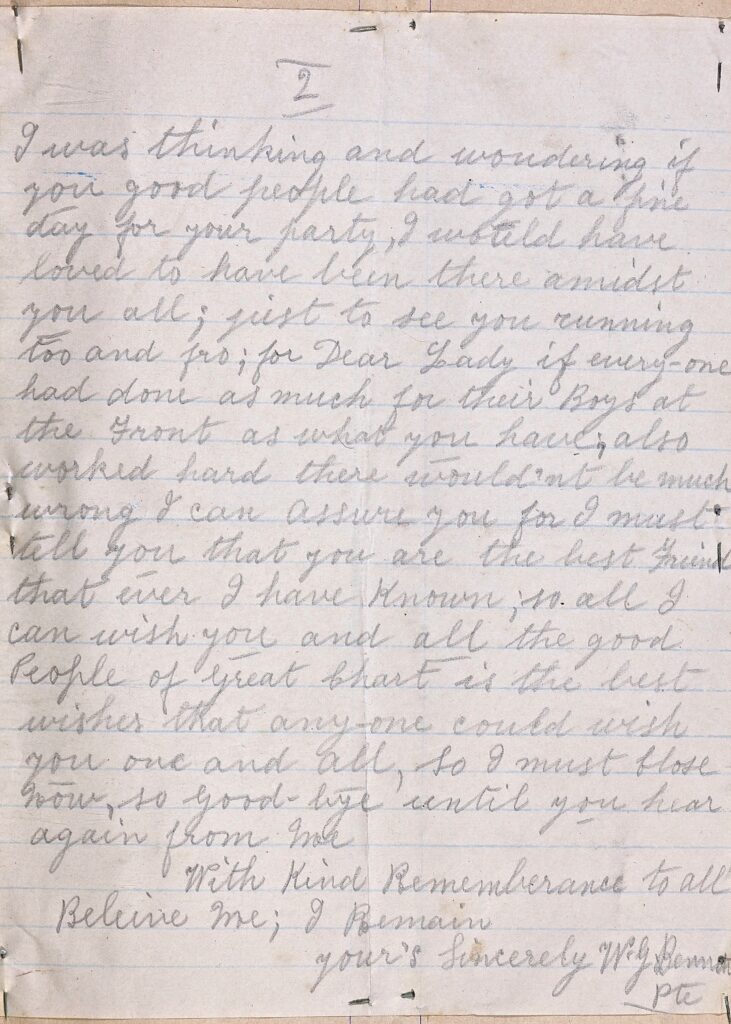
The Tutts: Frederick and Thomas
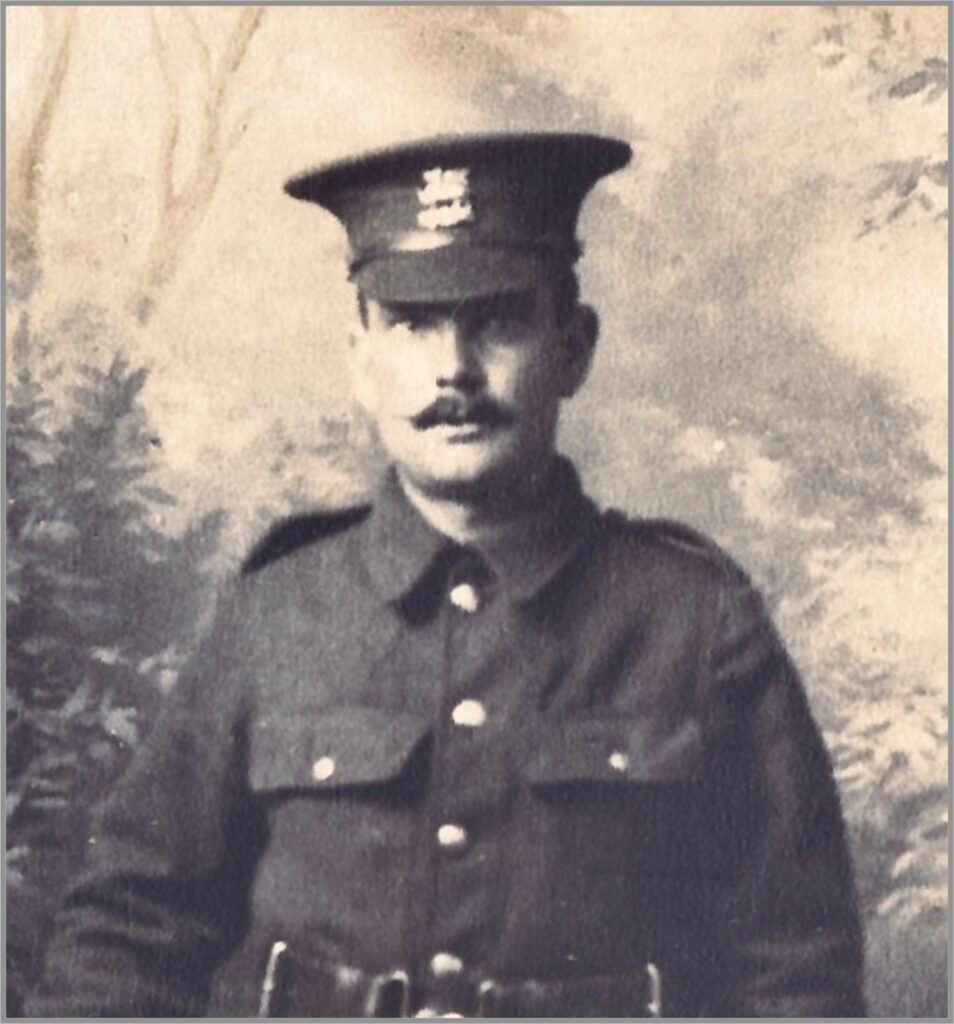
Fred had lived with his parents, sister and younger brother at 2 Stone Cottages, Chilmington Green, moving in after the 1911 census. He was one of 57,470 casualties on 1st July, the first day of the Battle of the Somme, which remains the worst day in British military history. His battalion suffered 58 fatalities that day on their attack on Lapree Wood, near Mametz.
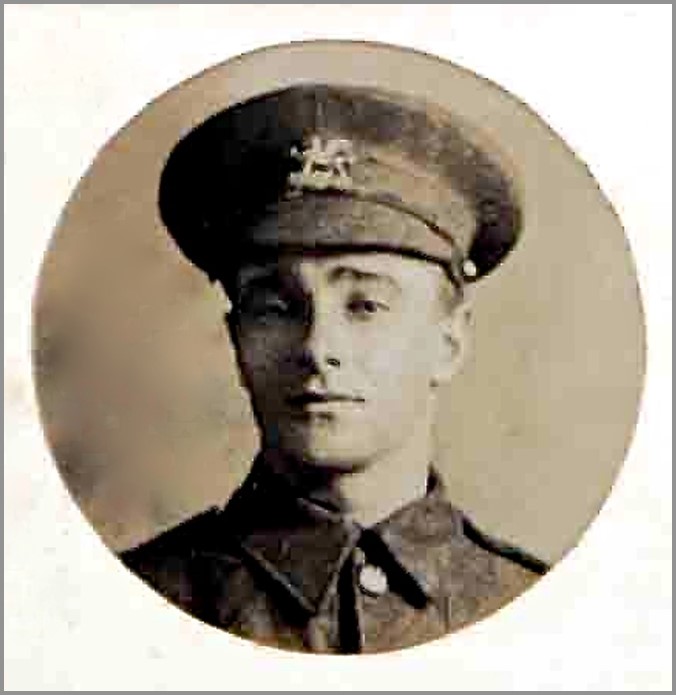
Frederick’s younger brother, Thomas, serving in the 1st and 2nd Buffs, sent a harrowing letter following his brother’s death, noting that:
“Of course it upset me rather to hear of my brother, but I am thankful to know he died whilst fighting. It is good to know that although it is hard to lose time. Probably my mother and father and those at home felt it the most for we do not take a great deal of notice of such things”.
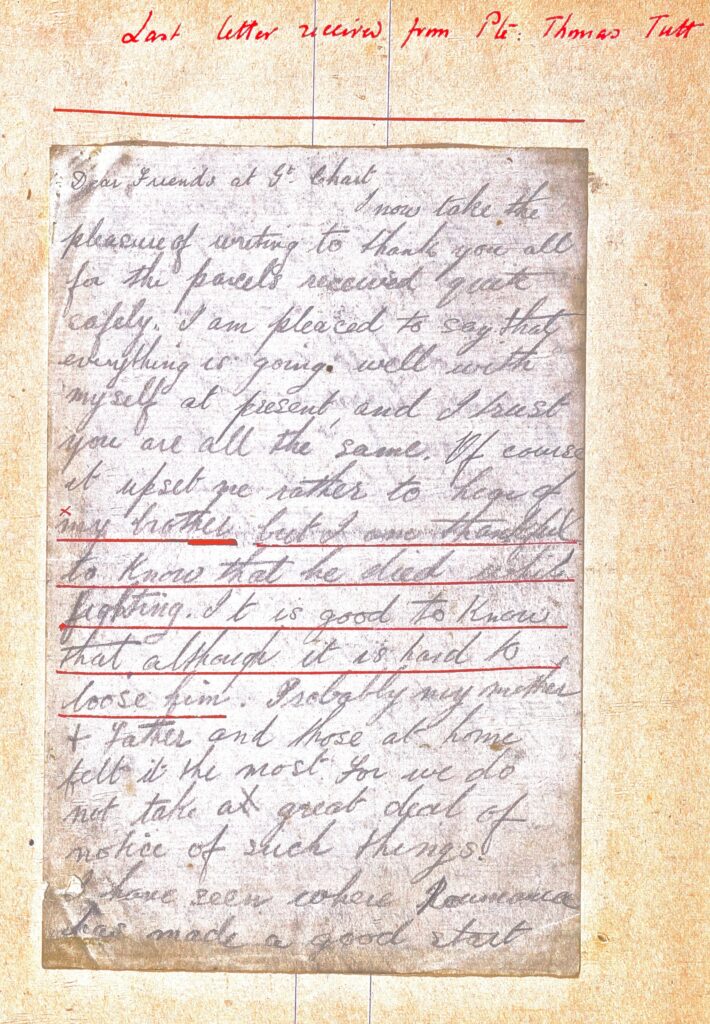
Elizabeth Quinton Strouts had a habit of annotating in red ink letters sent by those who had since passed. 87 days after his brother’s death, Thomas would be killed at the Somme, during an attack on the heavily fortified Quadrilateral at Bouteaux Wood. Artillery fire was missing to allow three of the ‘new’ tanks through. The tanks all failed to arrive, and as a result a 200-meter gap was left exposed, and 59 men were lost, with 130 wounded.
Both Tutts are memorialised at the Thiepval Cemetery monument, as their bodies were never recovered.
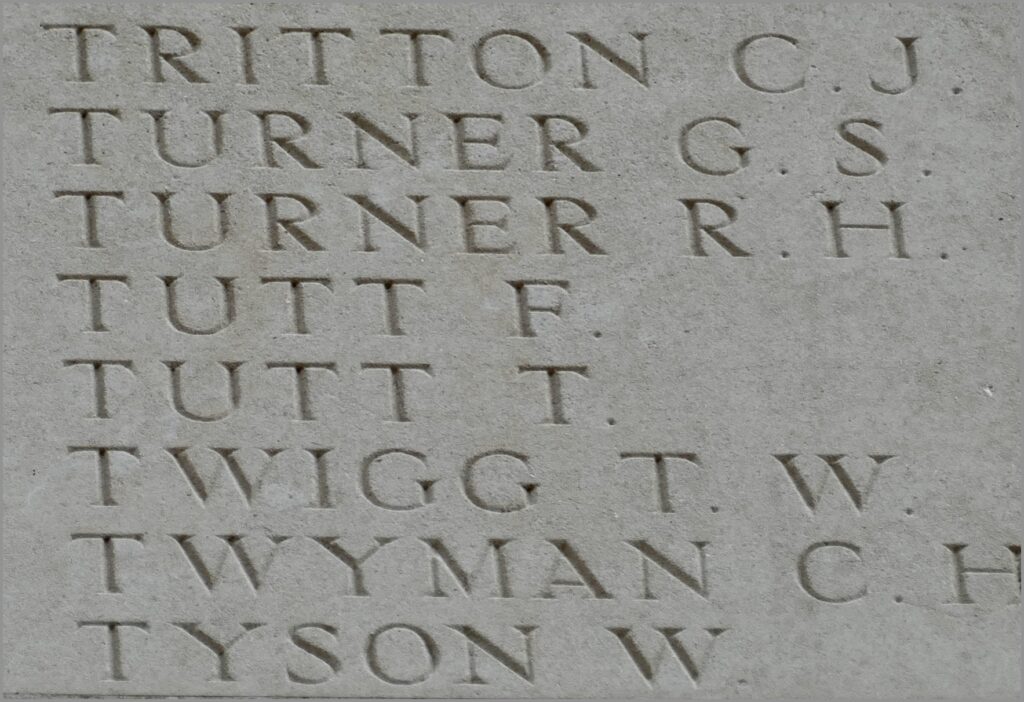
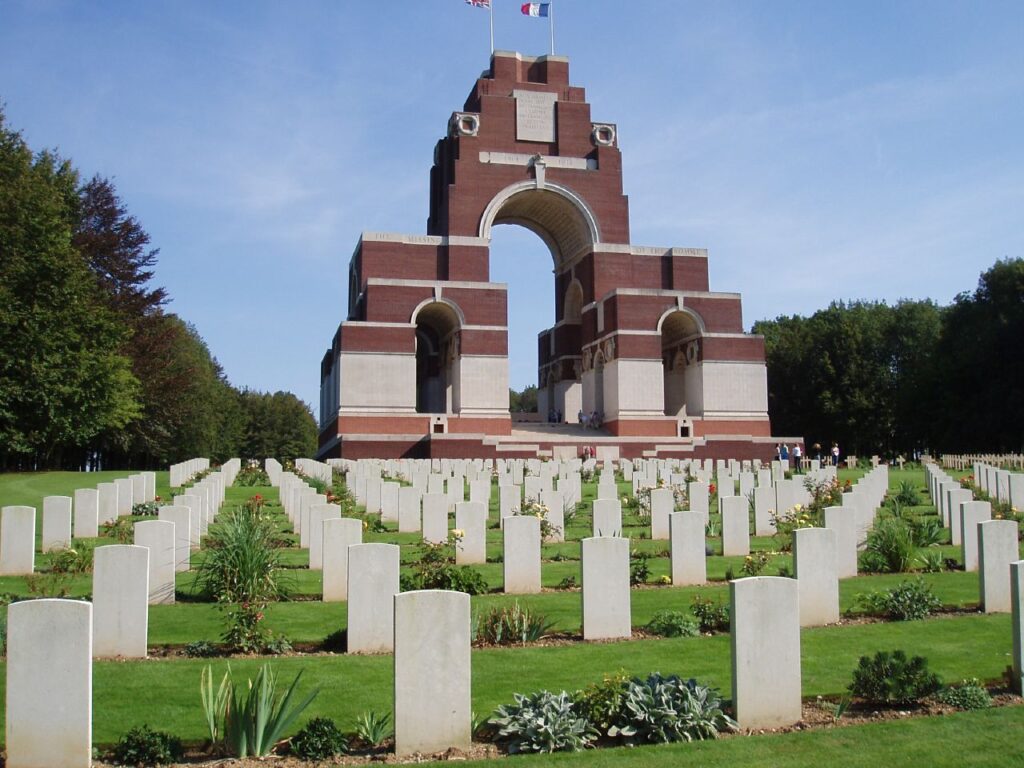
Sidney Bates
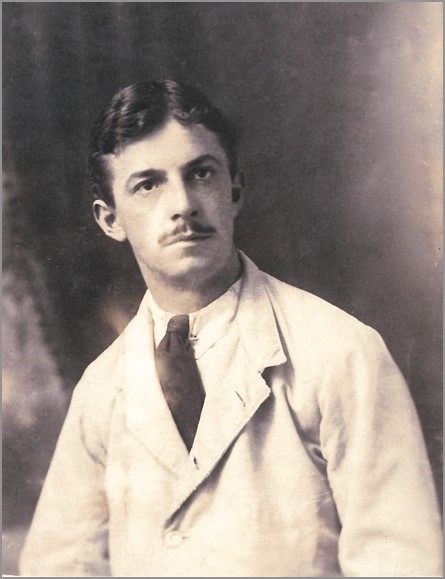
Rifleman Sidney Bates, 13th (Service) Battalion, Rifle Brigade (Formerly Rifleman, R/19934, 2nd Battalion, King’s Royal Rifle Corps) wrote by far the most well received of all the letters from the servicemen. Consistently showing great concern for friends lost and the effect those losses must have had on their families, noting the tragedy that was the Tutts losing two sons.


He was wounded in 1917, writing ‘The Friends of Great Chart’ a poem whilst in hospital, which Quinton Strouts used as her 1917 Christmas card to the all the men.
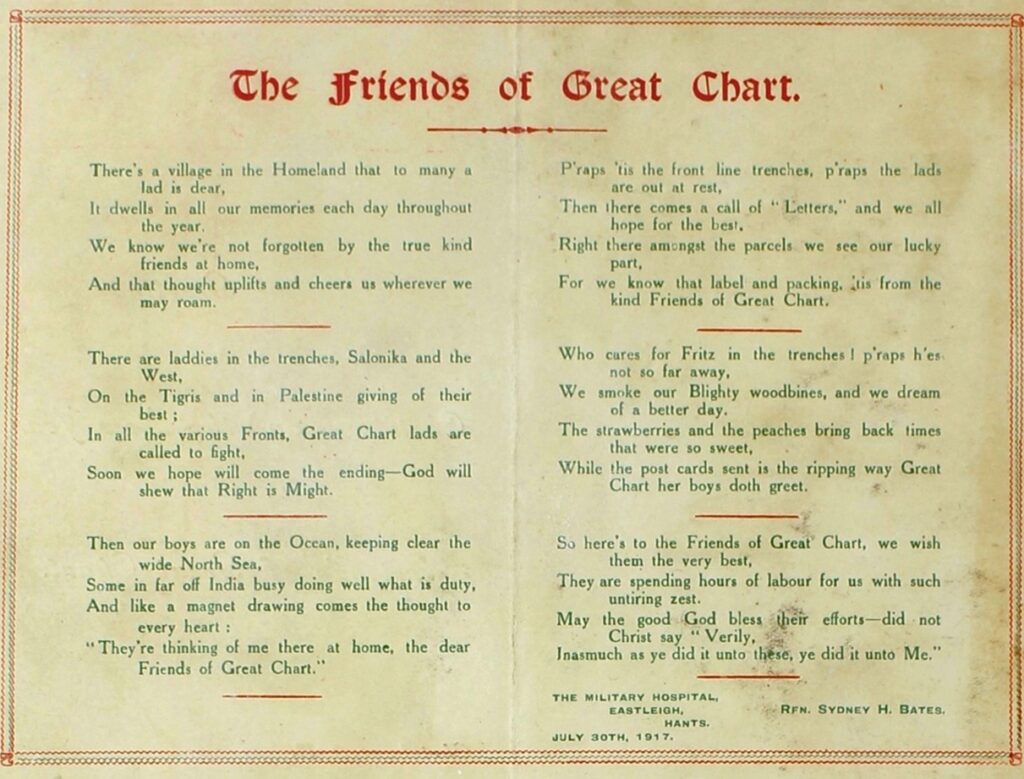
‘…the previous one was one of those fine tins of Army & Navy marmalade and you might be interested to hear that when we went ‘over the top’ the other day I took it in my haversack. and some more chaps and myself shared it on the steps of a dug-out from where Fritz had been driven only an hour or two previously.’

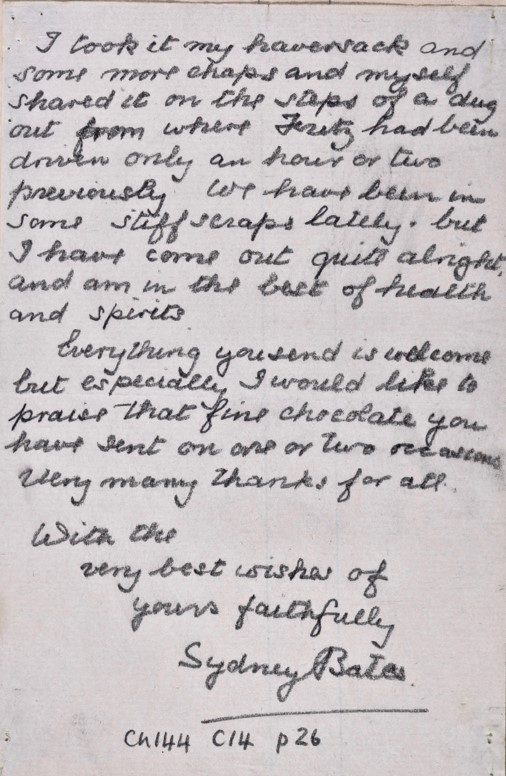
He became a POW in April 1918, and after the war became a monk.
Robert Day
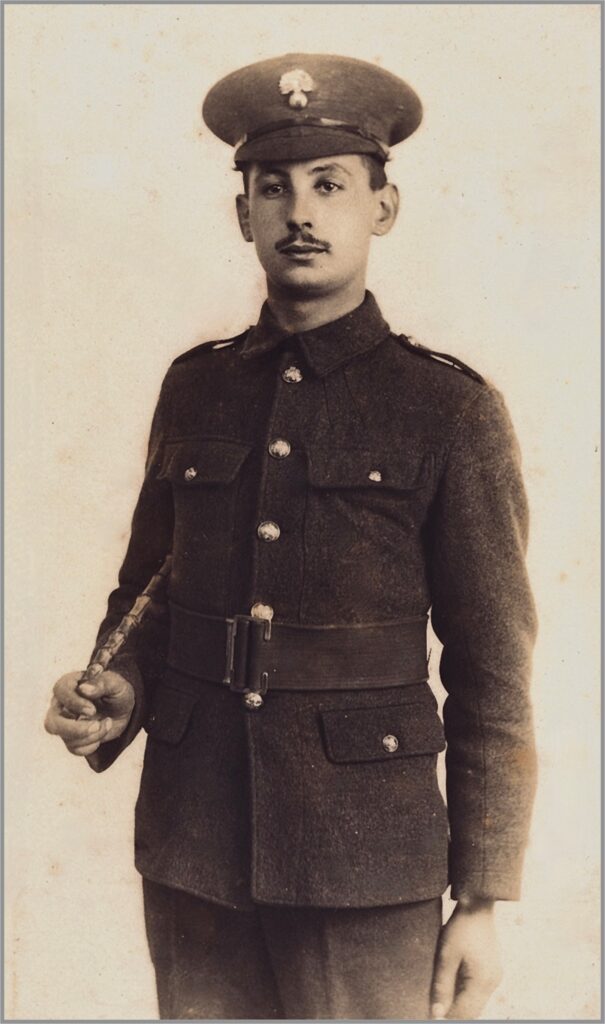
Private Robert Day 4th Battalion Grenedier Guards, previously a gardener, was probably the most popular villager amongst the servicemen from Great Chart. His first injuries in June 1916 were very serious, requiring operations and treatment from seven different hospitals before his return to France in December 1916.
The following letters are just two from a general outpouring of shock and grief from so many of his friends in the village. You can also read Sidney Bates remarking on the loss to the village in his above letters and see mention below in those of Samuel Brunger.
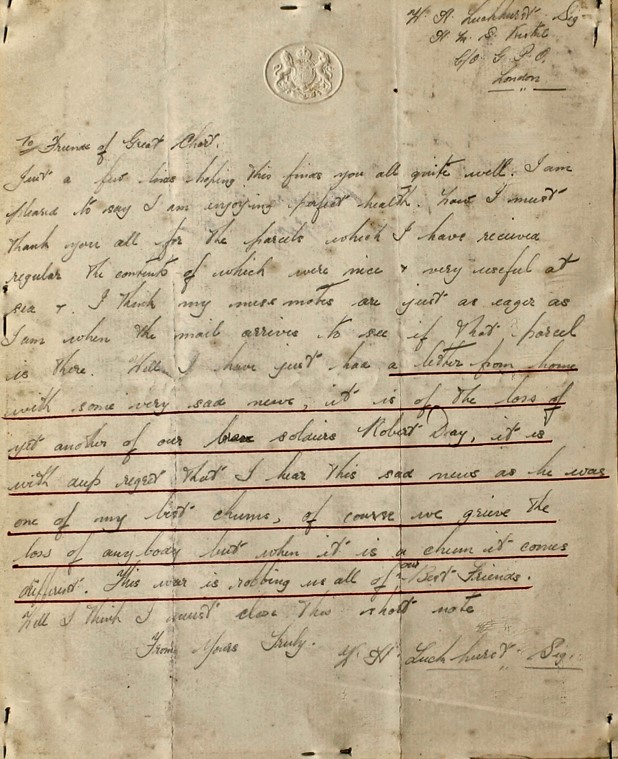
William Luckhurst
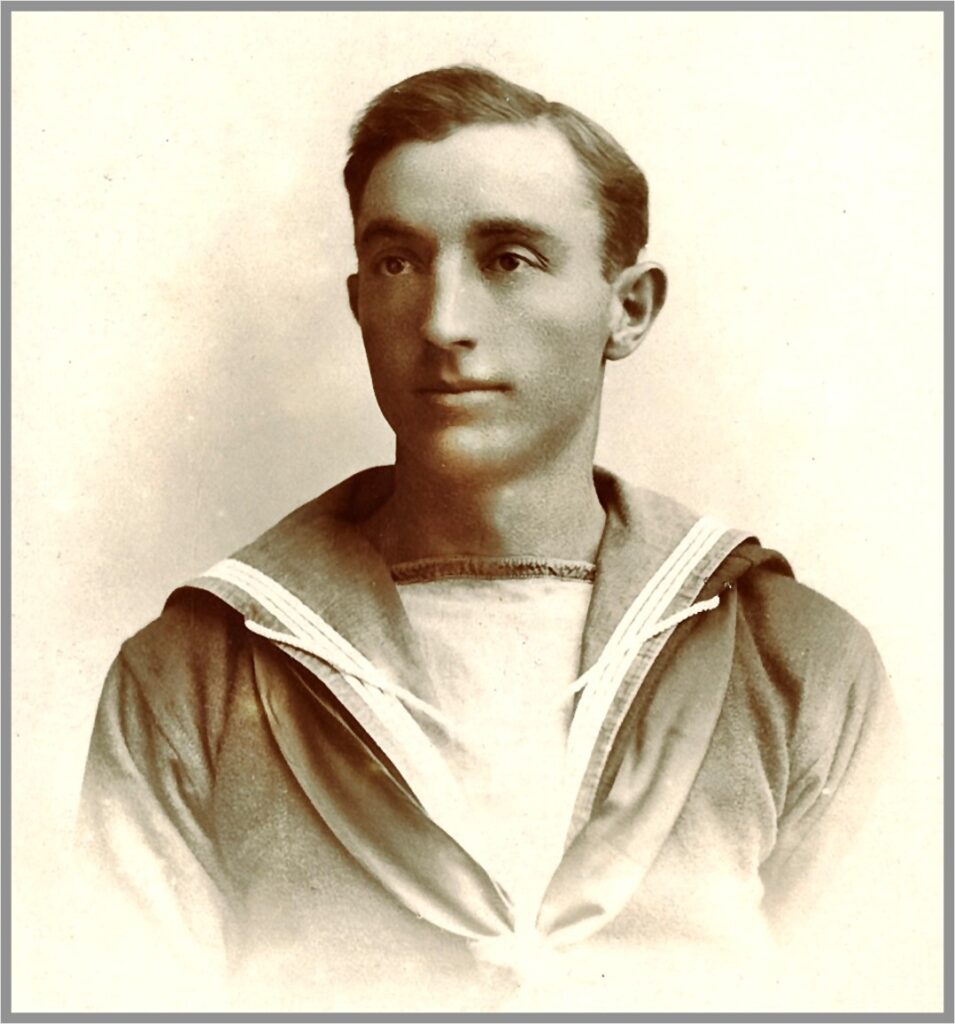
Signaller William Henry Luckhurst, wrote of the losses of friends, also becoming the Secretary of the Great Chart branch of The British Legion following the war.
The Luckhurst and Day families would later intermarry between the wars.
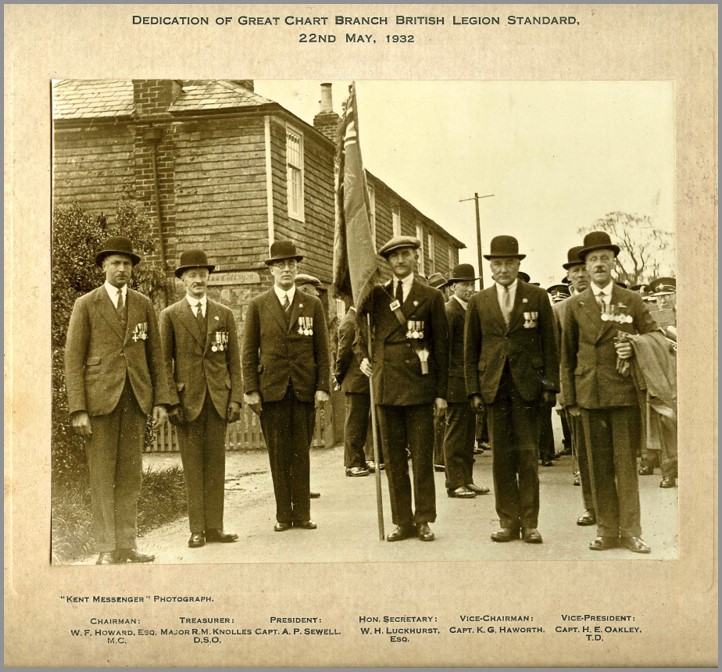
William Harding
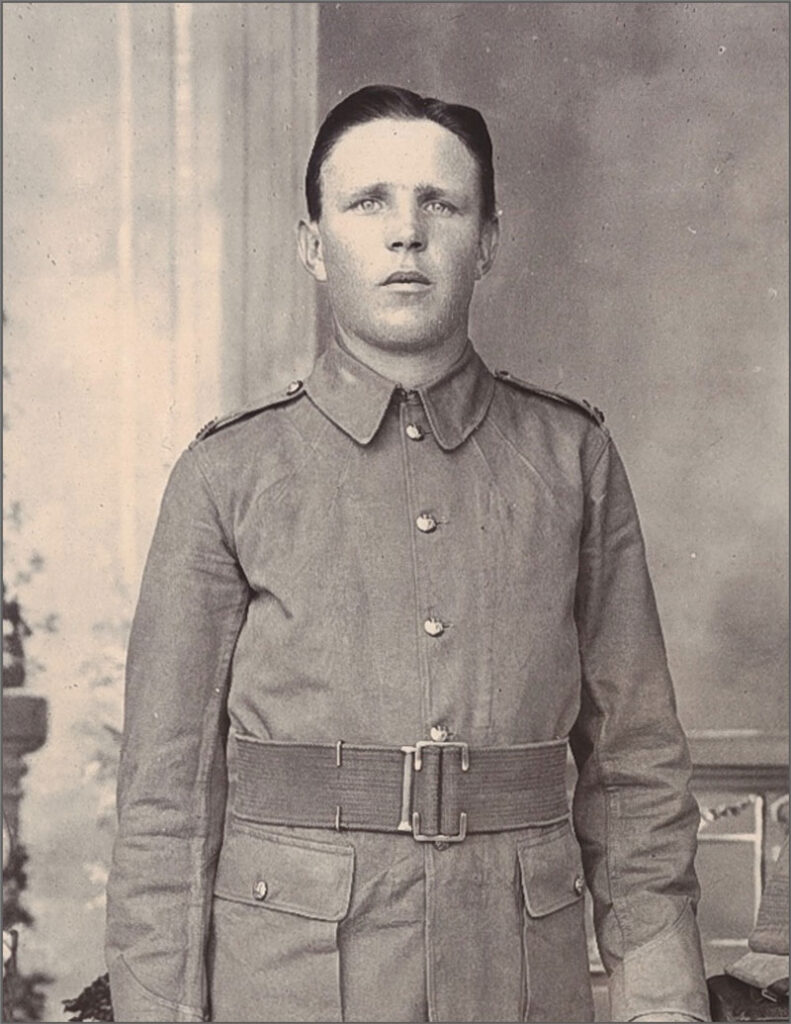
Private William Ernest Harding, (The Weald of Kent) Battalion, and
The Buffs (East Kent Regiment) (Territorial Force). Formerly Private, 1757, The Buffs
(East Kent Regiment).
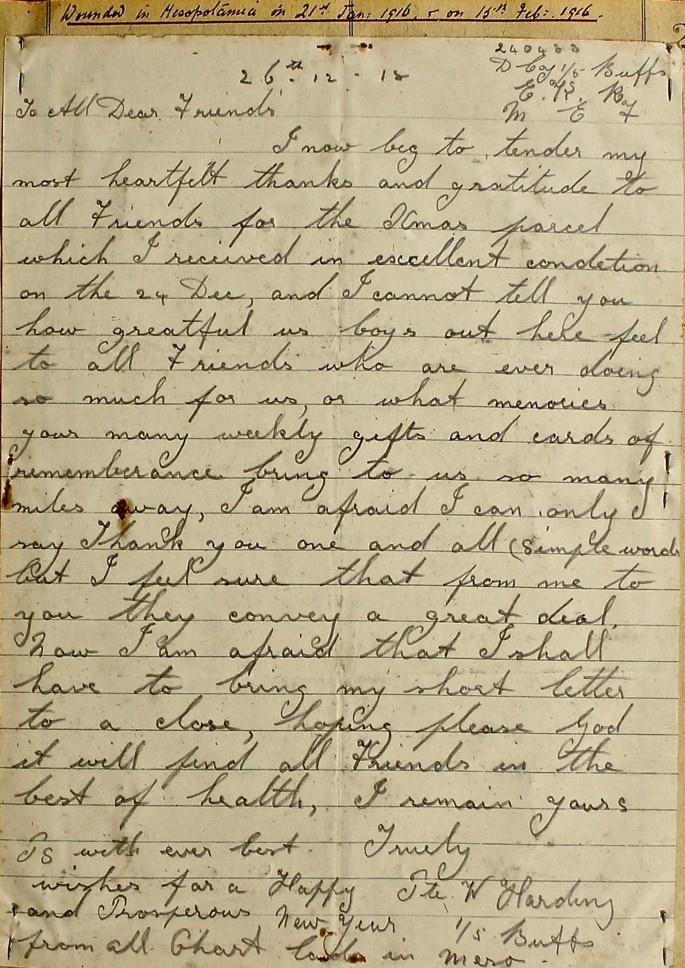
Samuel Brunger
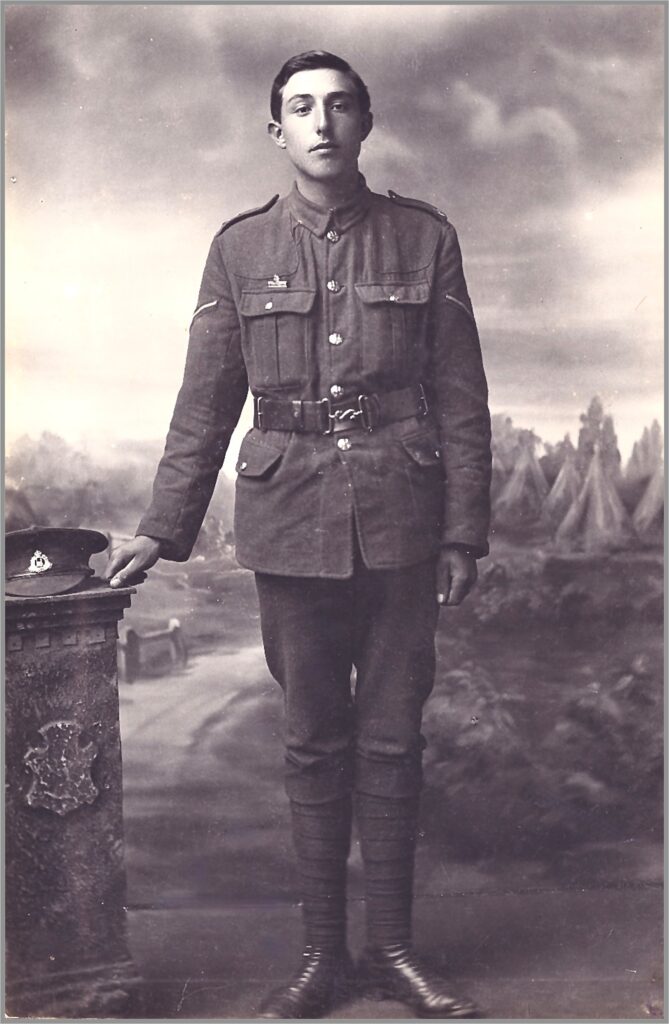
Serving as a Coproral in the 1/5th Battalion, Suffolk Reigment, Samuel Brunger’s letter tells of his sorrow on hearing of the death of Robert Day.
“Only a week ago I received the news of poor Bob Days death. It has me into a fit of melancholy such as I have never experienced before. One of my best chums in Chart
If revenge is sweet or bitter I will endeavour to exact that revenge”
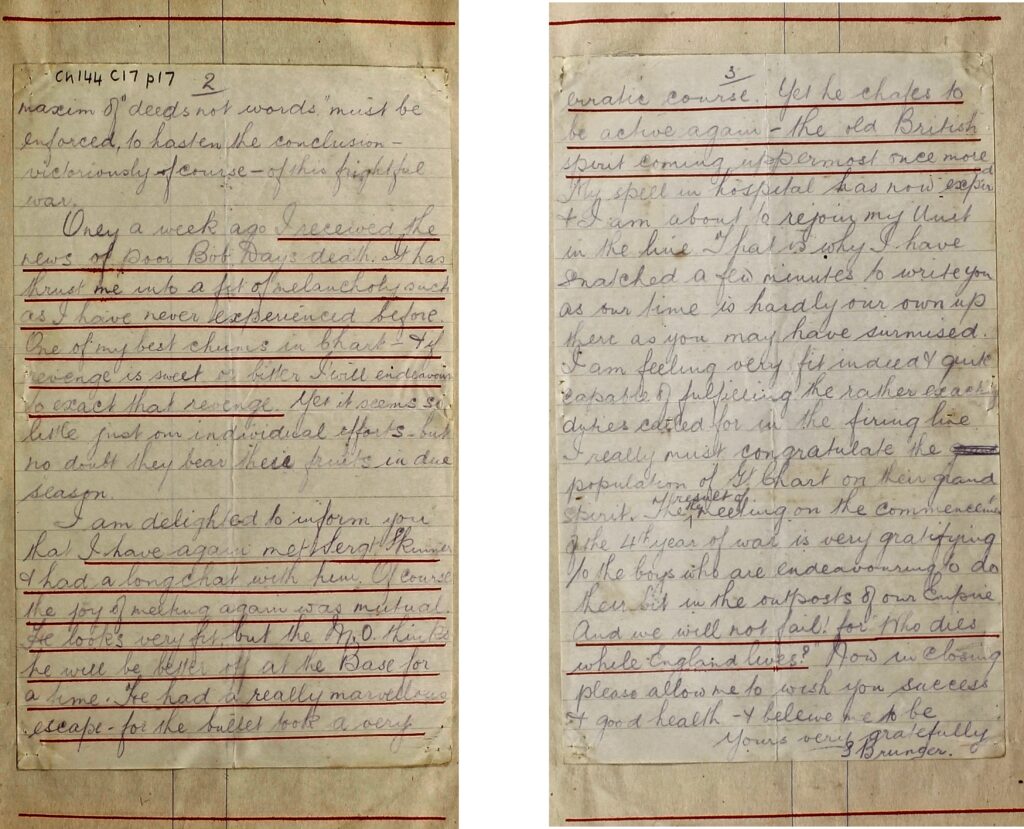
As the red annotations bely, he would not survive the war, this being his last letter sent by Brunger before his own death on a hill outside the gates of Jerusalem.
Below are more annotations by Mrs Strouts, including a note regarding his place of burial.
Samuel’s family, the Brungers, supplied the war effort with eight serving men in total, two of whom, one being Samuel, lost their lives.
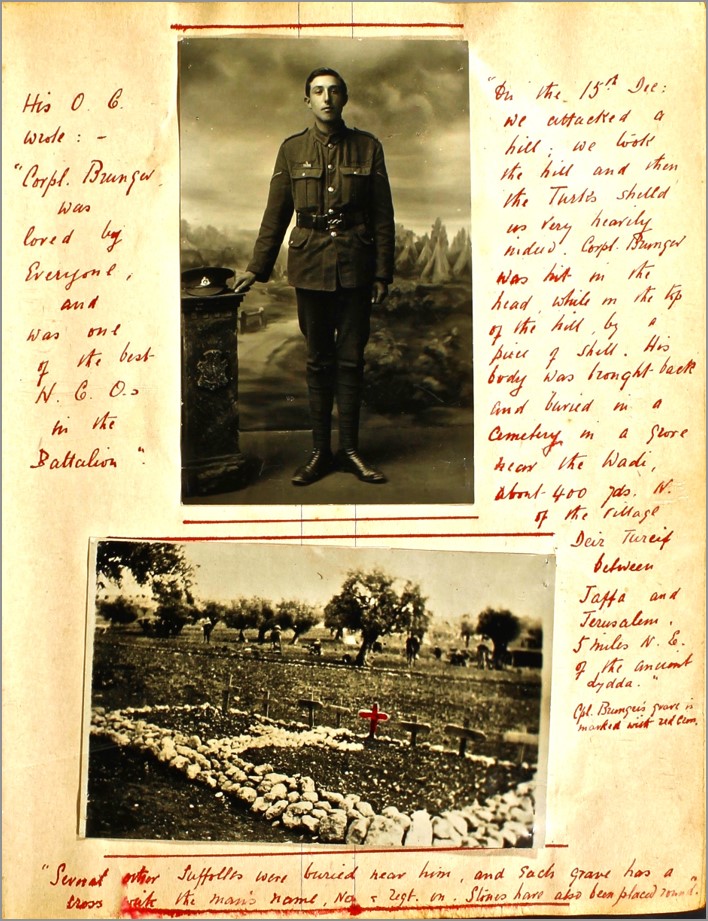
Edward Rickson
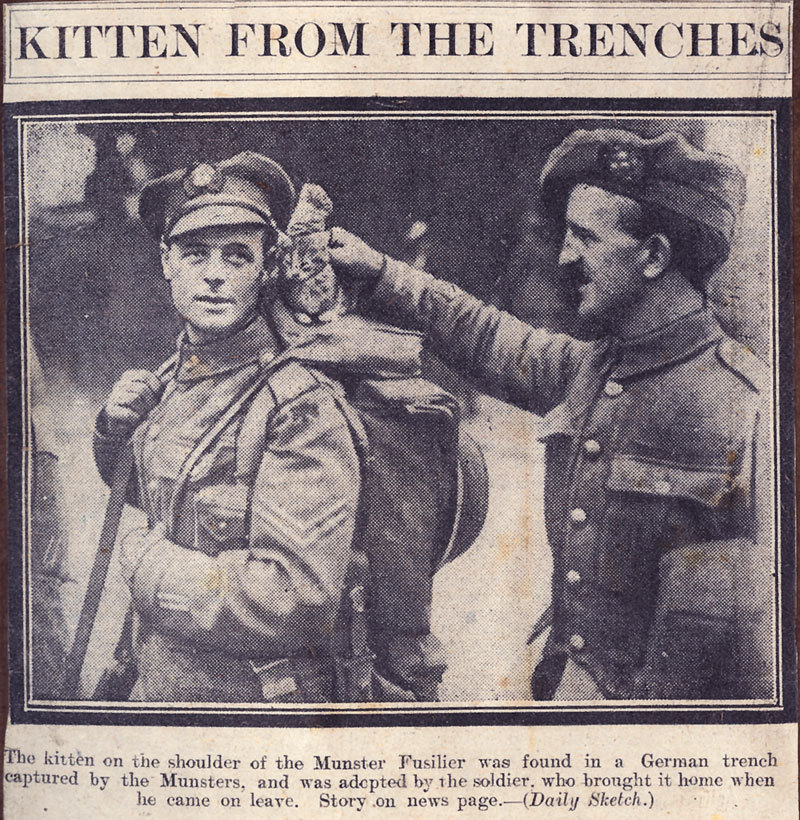
Coporal Edward Rickson, 2/5th (Weald of Kent) Battalion, The Buffs (East Kent Regiment) was famed for this photograph, which made the national press, as well as his letter expressing his emotions on entering Lille days after the Armistice on15th November 1918.
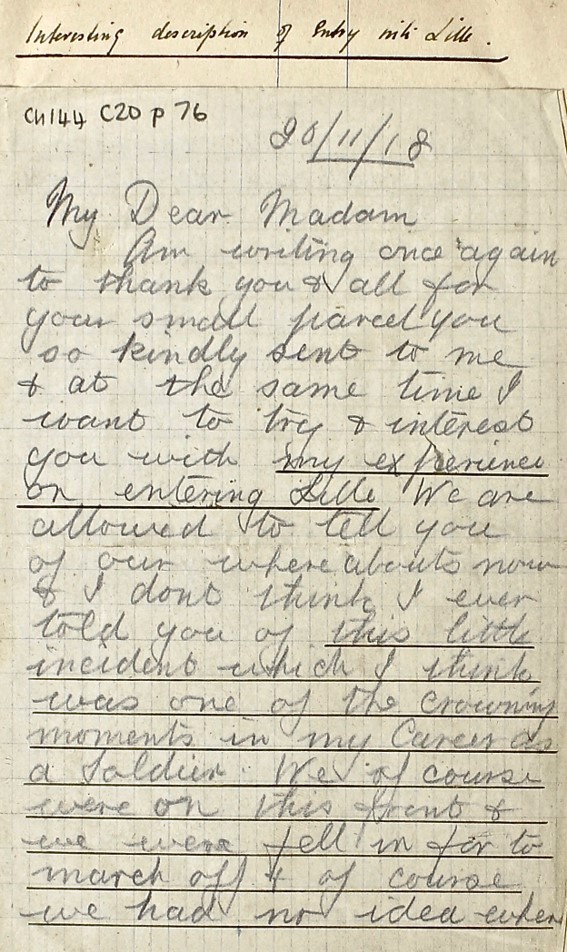
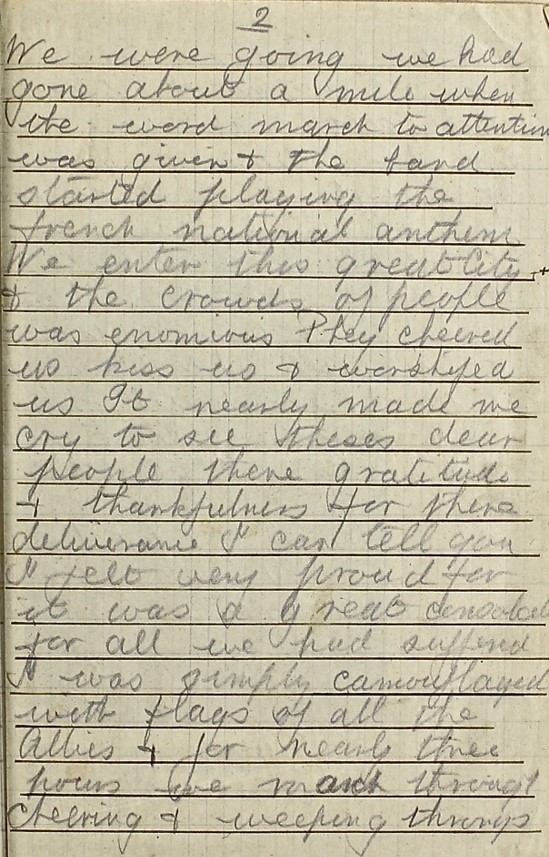
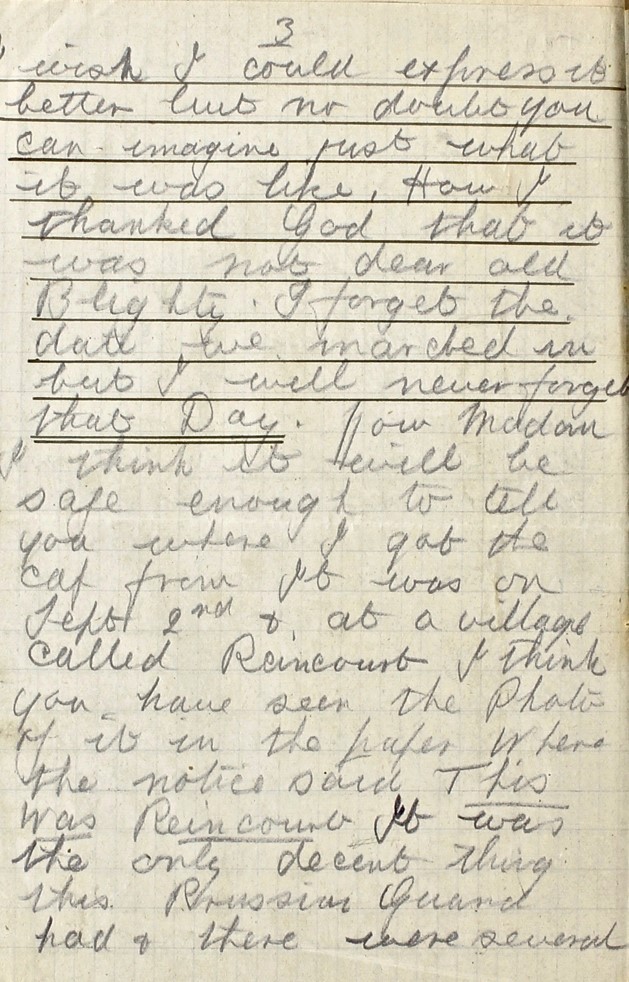
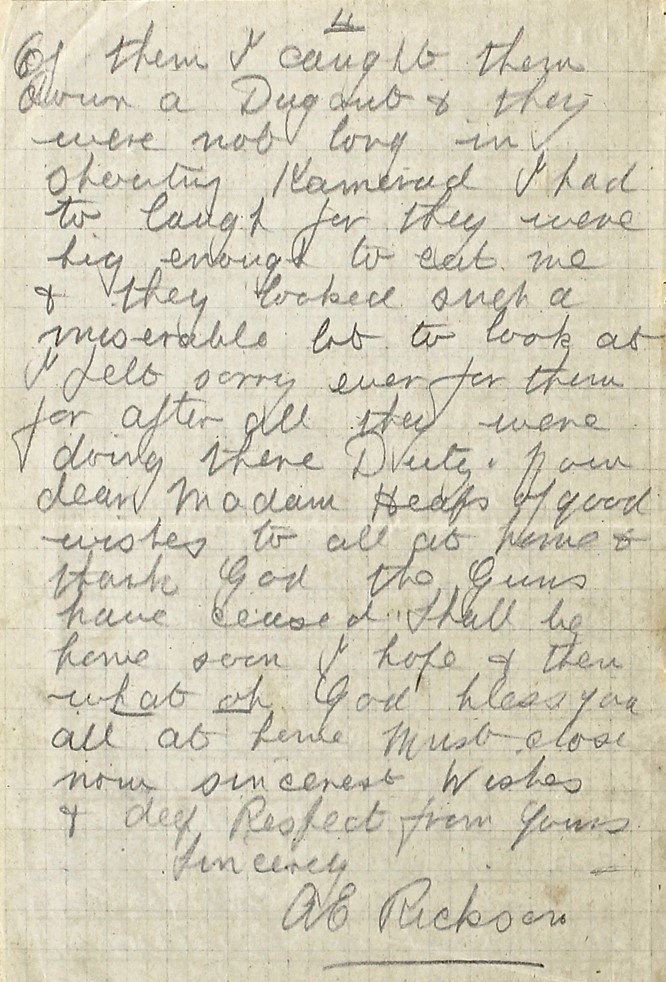
George Hughes
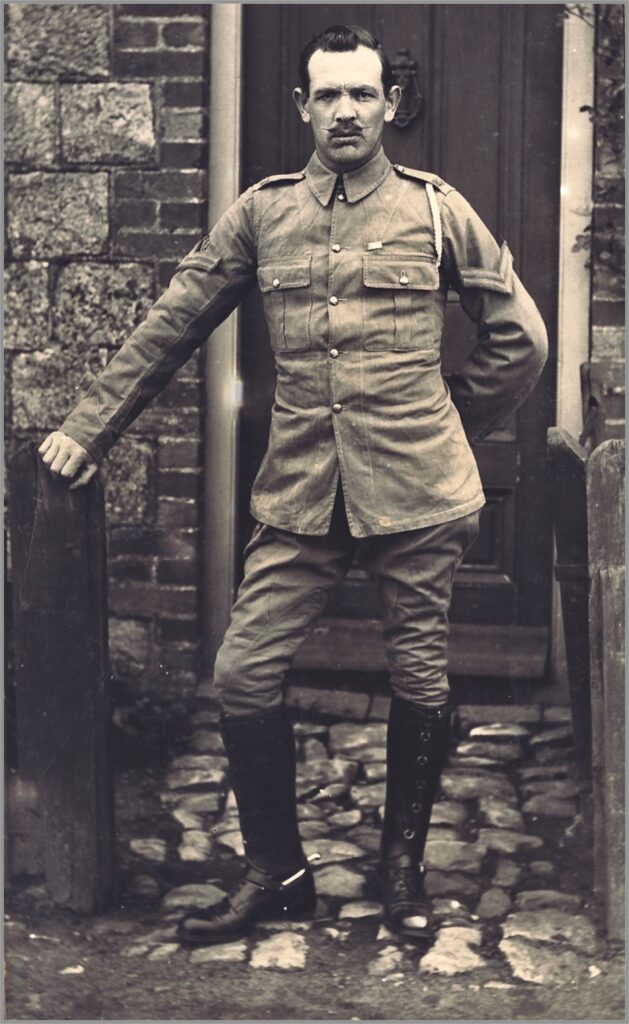
The only serviceman with a Commonwealth Gravestone at St Mary’s, Great Chart, Corporal George Hughes was a professional soldier, who served in India on the Northwest frontier from 1910 – 1915, then in France from 1917 – 1919, until invalided back to UK, dying of his war injuries in 1920.
Five Hughes brothers served during this conflict, their father also previously having been a soldier for 21 years, their maternal uncle for 18, with George’s grandfather serving in Crimea. In total this Great Chart family gave 138 years of military service.
